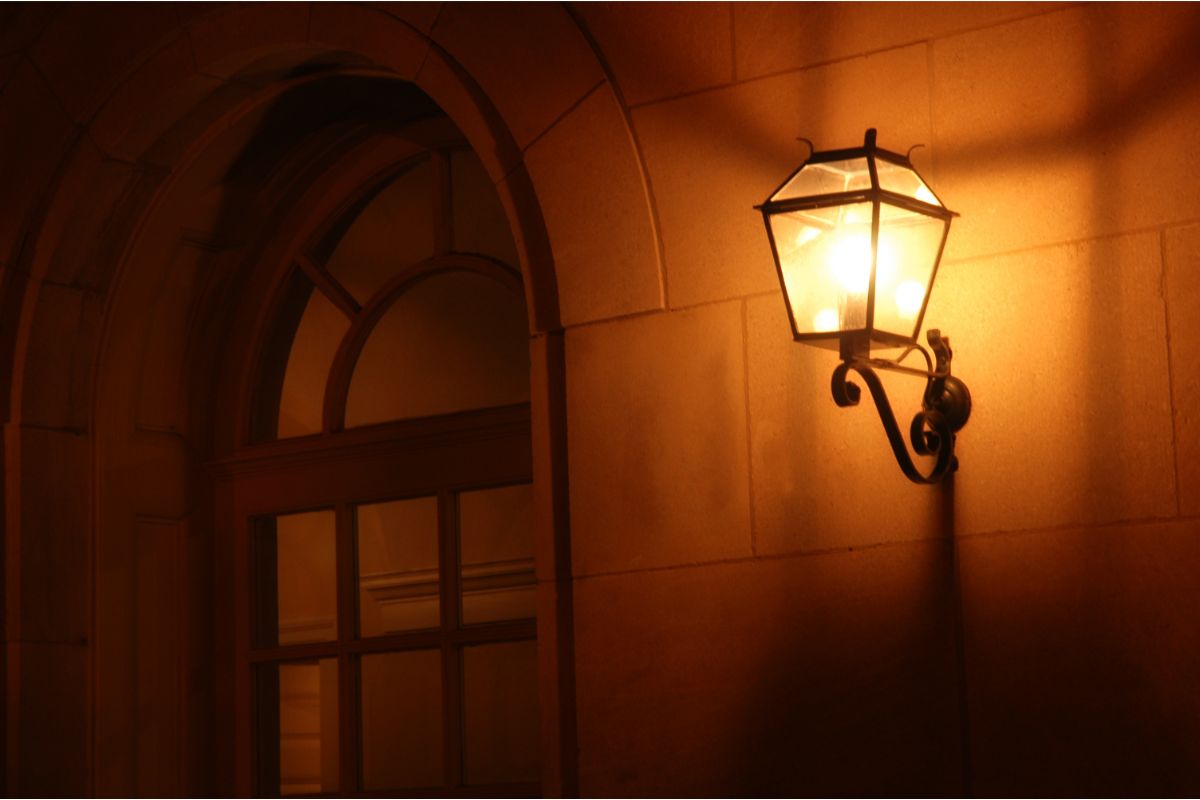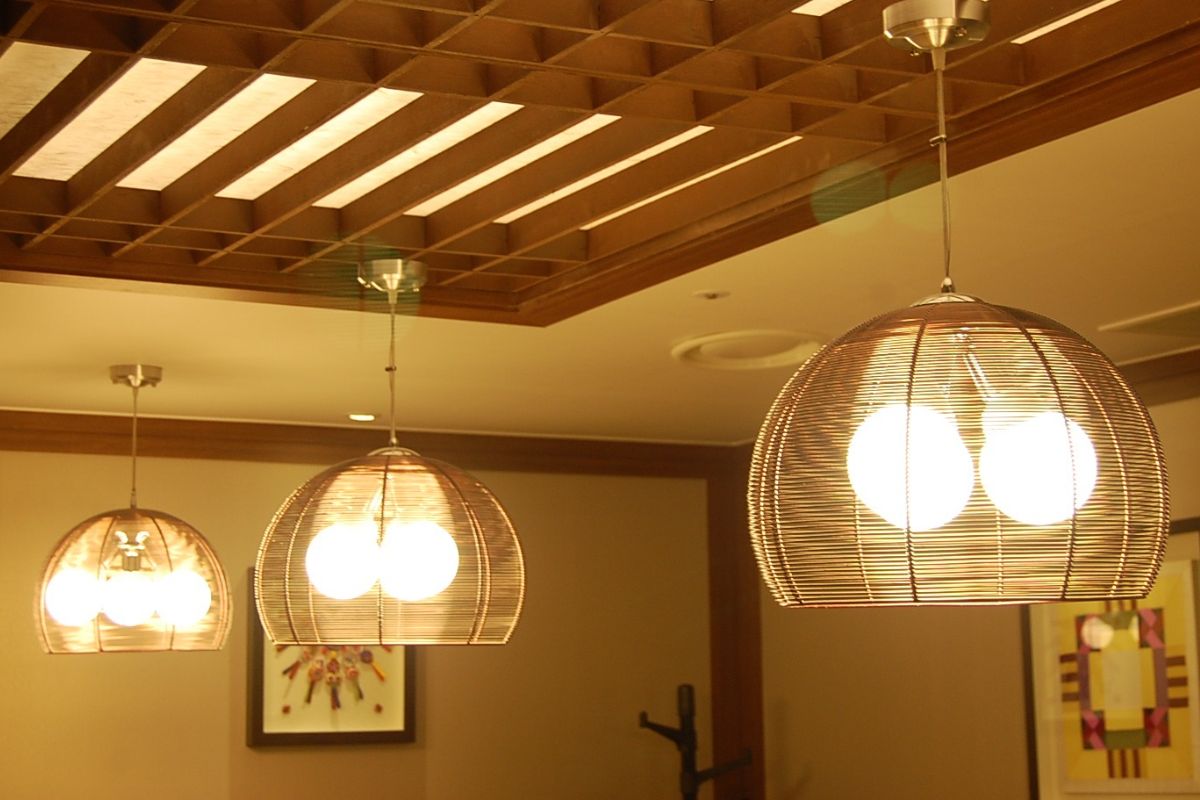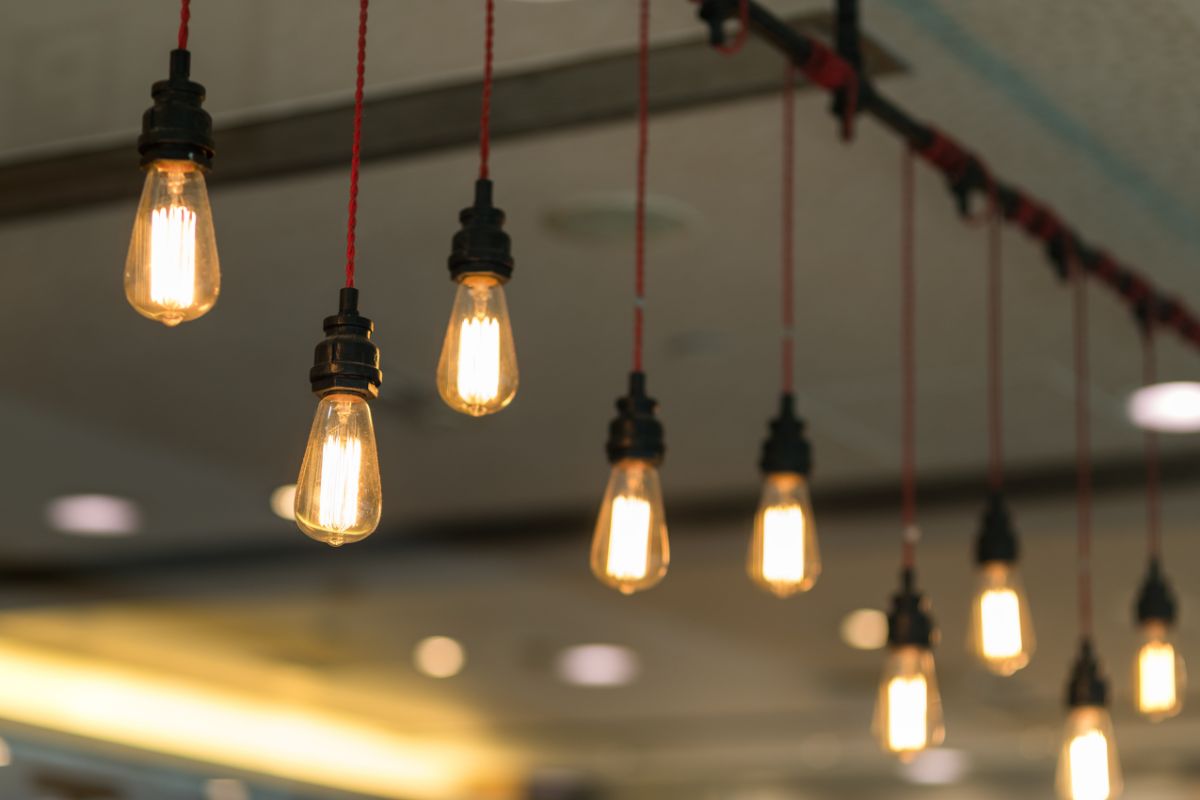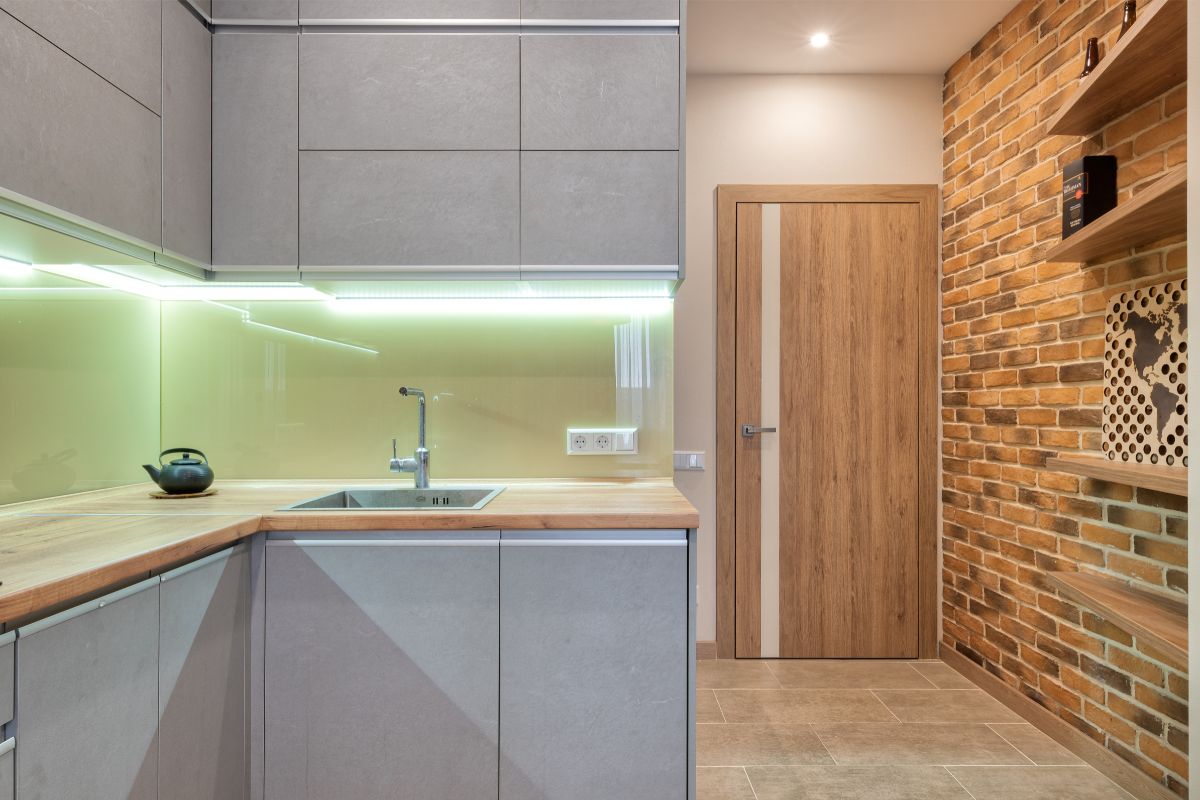Despite being one of the earliest and most rudimentary fixture types, pendant lighting is more hip than ever before, which no doubt makes you feel a bit out of the loop, as, if you’re here, it means you’re not entirely sure what pendant lighting is.
Up until now, you’ve probably just been nodding along when your friends mention it and skipping ahead when you read about it in a magazine or online, but no more!

No longer will you have to guess what everyone else is talking about and then awkwardly try to contribute to the conversation with absolute nonsense, for today, you embark on my pendant lighting crash course. Let’s begin!
Defining Pendant Lights
Pendant lighting is a pretty loose umbrella term that encompasses almost any light that dangles from the ceiling. Why “pendant light”, I imagine I hear you ask? Well, I’ll tell ya! You’d be forgiven for thinking there’s a link to jewelry somewhere in this term, but not really.
Pendant isn’t only a noun, but an adjective that can describe anything that hangs downward. The bloom of a snowdrop, for instance, could be described as a pendant flower. Thus, the light that hangs downward from the ceiling is naturally referred to as a pendant light — Simple, right?
What’s The Difference Between A Pendant Light & A Chandelier?
Technically, chandeliers do fall into the pendant lighting category, what with their hanging downward from the ceiling and such.
However, you won’t find chandeliers in the pendant lighting department in the home store, nor will you find pendant lighting in the chandelier department of that very same store.
Generally speaking, distinguishing a pendant light from a chandelier is just a matter of assessing the function vs. features split.
If a fixture is relatively featureless and serves primarily a simple functional purpose, it’s more than likely a pendant light, while a fixture that has tons of embellishments and additional sockets falls into the chandelier category.
For example, this is a textbook example of a simple pendant light fixture, while this is a chandelier.
Pendant Lights: Pros

- Endless design choices — You’d think that the simplicity of pendant lights would mean that they’re pretty limited on the design front, but on the contrary, it’s their simplicity that gives designers such freedom to experiment.
As long as they don’t complicate their design to the point it becomes a chandelier, they can do whatever they want, so there’s almost certainly a myriad of pendant lights out there that suit any interior design aesthetic you could dream up.
- Timeless elegance — Not all pendant lights are elegant, but all things considered, they’re probably the most elegant fixture type.
Don’t get me wrong, back in the day, chandeliers were synonymous with elegance among the fat and fancy cats of the time, but in today’s world, they’re a bit decadent.
In order to fit the style of the average residential property, chandeliers usually have to be pared back until they more or less sit on the line between chandelier and pendant, which is why the pendant light wins this round, in my eyes at least.
- They work well as multiples — As pendant lights tend to be quite spare, you can fit multiple fixtures without overwhelming the space. Although, one big statement pendant light can be a pretty sweet look if you get the style just right.
- They say a lot without saying much at all — If you fancy yourself a minimalist, you’ll adore pendant lighting. It’s a less-is-more format with oodles of style, allowing you to augment your space without spending a bundle.
- They’re perfect for lighting rooms with high ceilings — You can string a pendant light as low as you need to, making it a dynamite lighting solution for high ceilings, especially those that don’t play nice with recessed fixtures, such as vaulted or cathedral ceilings.
- They’re quite small — If your home is a little on the cozier side, no problem! Pendant lights are usually quite compact, so you can fit a few of them without feeling like the walls (or ceilings, I should say) are closing in on you.
- They’re a fun and stylish way to bring focused light to a space — There’s a reason pendant lights are such a popular installation above kitchen islands… they are the best way to add concentrated light to a residential space without departing too far from the homely vibe.
Pendant Lights: Cons
- Some people think pendant lights are dated — Pendant lights are more in than ever at the minute, but not everybody got the memo, so if you’re trying to sell your home, it’s possible potential buyers might consider these fixtures an eyesore or possibly overly simple.
- They don’t give you the best spread of light — Pendant lights aren’t usually capable of lighting an entire room. They’ll chase away the shadows as far as the corners of the space, but that’s the limit of their abilities.
I personally think this is a pro, as it gives you an excuse to purchase lots of lovely lamps and create layered photic atmospheres, but if you’ve got a tight lighting budget, I can see why this would be a pain in the bulb.
- They can be tough to fit — If you have experience with electrics and light fittings, you’ve got nothing to worry about, but if you’re new to the game, hard wiring new pendant lights can be a real headache.
You may be better off calling in a professional if you’re unsure how to approach the fitting.
- They may look strange in uneven ceilings — Uneven ceilings mean that if you have multiple pendant lights, you’ll have to dangle them at different lengths to level them out, but this only ends up looking strange in another way.
Final Thoughts
So, now that you know what they are, do you think pendant lights could be for you? They’re not perfect fixtures, as shown by the cons list above, but the right one can add a lot to a space, in terms of both style and luminosity.



